North Texas is notorious for its heavy clay, acidic soil. That makes working and planting in the ground difficult. One of the basic tenets of gardening here, is soil amendment, and soil building. So, is it any wonder sheet-mulching is the preferred method of prepping soil among many gardeners here?
More lovingly referred to as lasagna gardening, sheet-mulching is the process of creating a bed to garden in from the ground up via layering brown and green matter in strata on top of cardboard or layers of newspaper. As time goes on, the layers break down much like a compost pile, and become very rich soil that can then be used for planting. I just made a bed with my partner, so this post will detail that process. Keep reading to learn how to make lasagna!
The Basics

As you can see in the diagram above the lasagna garden consists of two layers each of green and brown matter stacked alternately on top of a layer of cardboard or several sheets of newspaper. The newspaper or cardboard is placed to smother grass and weeds that exist underneath and prevent weed growth in your garden. Green matter consists of “living” materials, like kitchen scraps, grass clippings, and broken-down plant matter from around your yard, or sourced externally. Brown matter is generally dead leaves, dried straw, or brown paper bags that have been shredded. The green matter becomes nitrogen as it decomposes, and the brown matter becomes carbon. The two work together to create a lively and healthy soil that can act as a medium to grow many different plants.
The process
Locate the space
Find a space with adequate conditions for what you plan to grow. Think about all the things you would normally consider for any garden bed. What is the incline like? How close is this bed to wildlife that may find what you are growing very tasty? Is there enough sun or shade? How big should the bed be? Of course, if you want to decide what to plant after your bed is ready, take these things into consideration before planting.
Remove the extraneous
Once you have decided where to put the bed, decide whether to use cardboard or newspaper. This is one of the essential parts of lasagna gardening. A good foundation here has minimal to no toxic bleed into the ground below. So, if you decide to use newspaper, use paper that has only black ink. If you decide to use cardboard, spend time removing stickers, adhesives, and staples. Often boxes sent by certain large overarching corporations will be heavily chemically treated. So, if all you have are Amazon boxes, you may want to find another source for cardboard. Ask you friends if they have boxes to get rid of. Ask your local grocer. Options are all around. If you decide to use newspaper, you’ll need a good seven or eight layers.
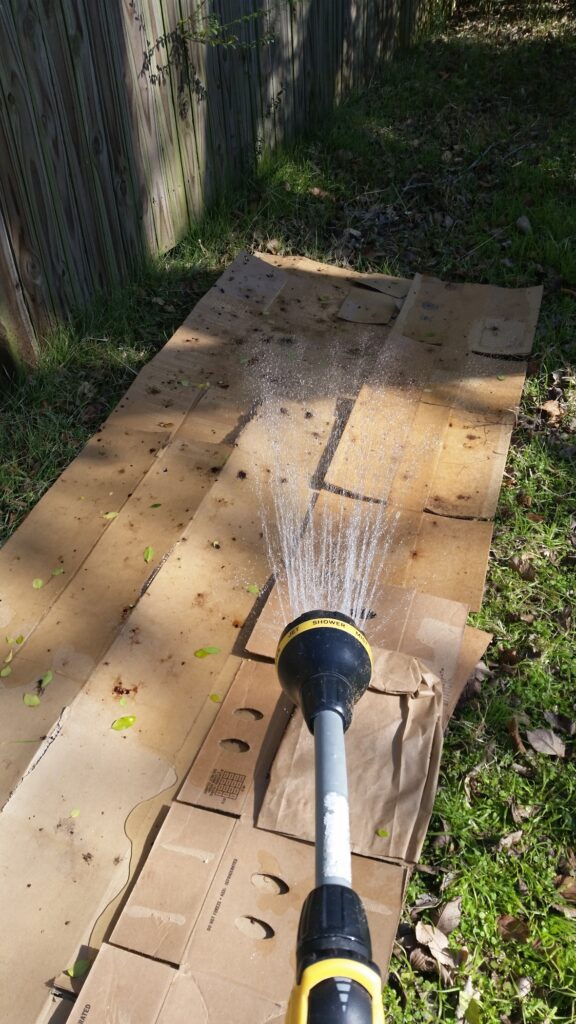
The Foundation
Begin by blocking out your garden area with your layer of cardboard with all toxic elements removed or layer your newspaper. Ensure it is properly placed and wet the layer thoroughly. Keep that hose handy because each layer gets a good soak from here on out.
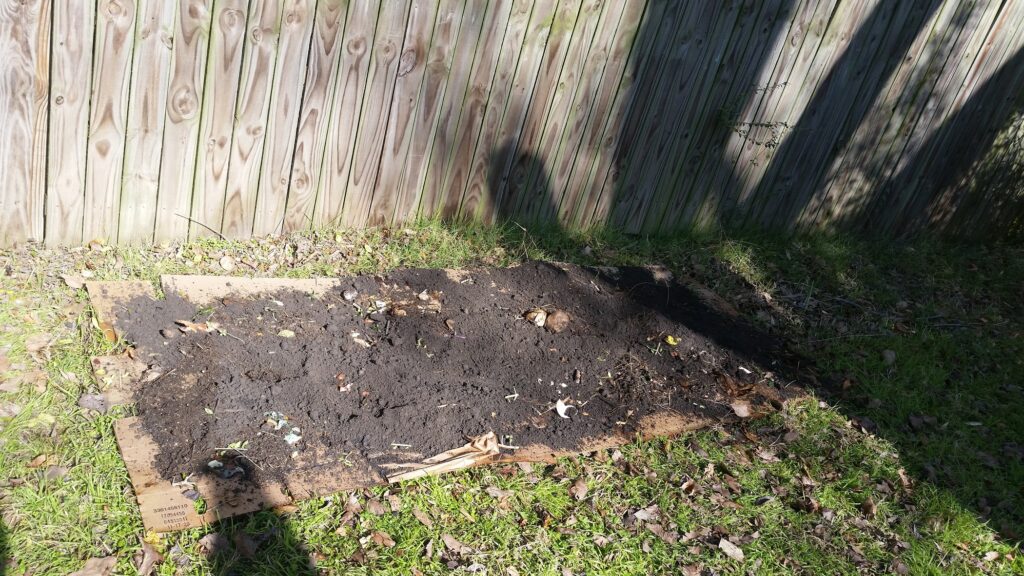
First Green Layer
Top your water-logged cardboard with your first layer of green matter. I used peat humus, and clippings from junk trees that were blocking areas of the yard perimeter and needed to be prune back. If the green matter contains large chunks of branch or kitchen scrap, spend some time breaking that down before spreading evenly. This will ensure you do not have large chunks of matter that plants find it difficult to grow in once the bed is ready for planting. Once this layer is complete, spray it down.
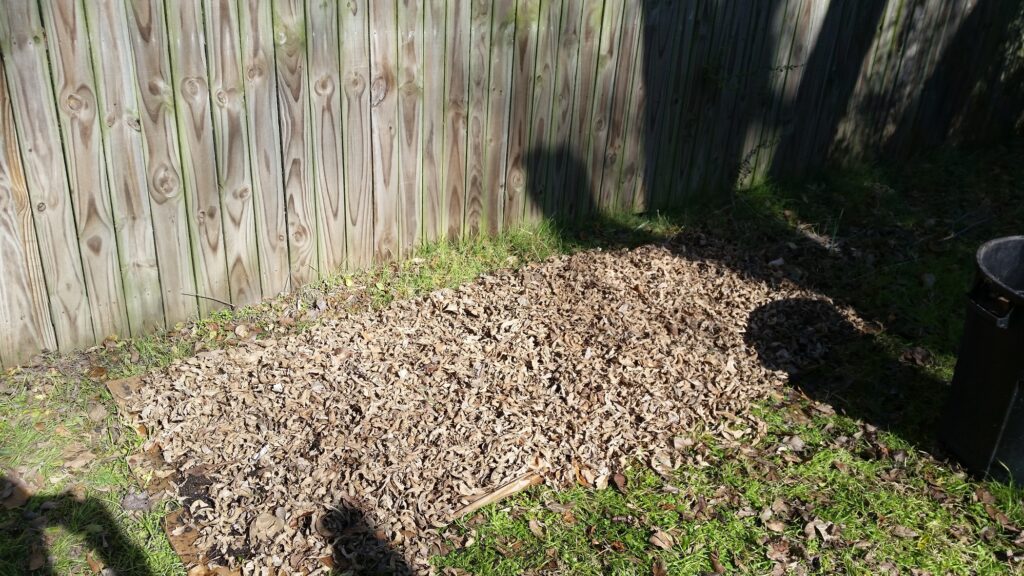
First Brown Layer
Using an amount that will total twice the height of the previous, cover your green layer with brown matter. I used the immense number of leaves that remain in my yard from the fall. I tried to source from areas outside my garden beds, as the leaves are a great source of temperature and moisture control for my plants that are working their way through winter. Then
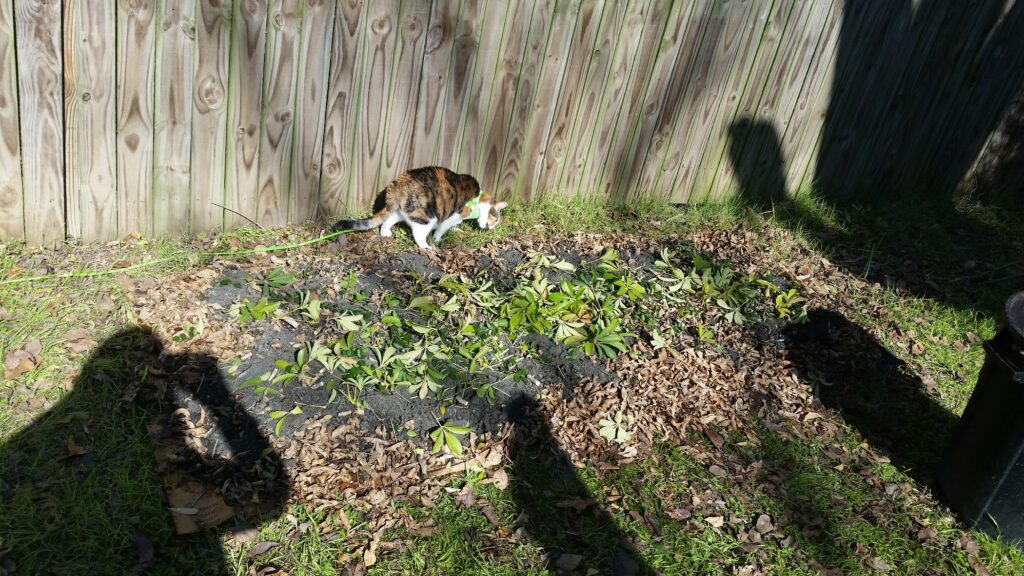
Second Green and Brown Layers
Repeat the last two steps again once more. Remember to keep those green layers one half the height of the brown layers. The brown layers will break down more quickly than the green, and as they do they create heat that quickens the green decomposition process. We are doing a form of alchemy here, where the balance of the elements is important.
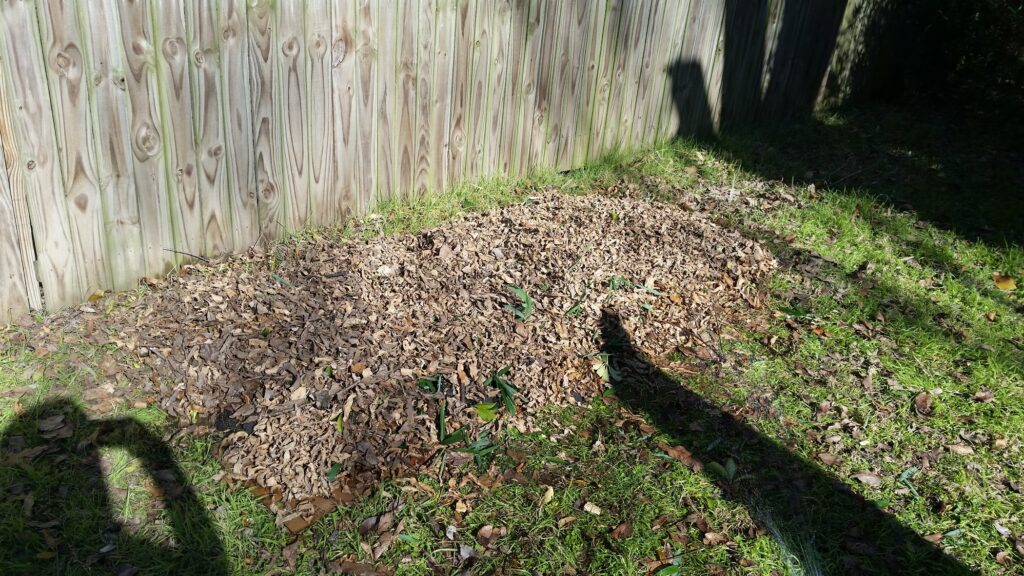
Cover
This is not completely necessary, though it will speed the process of decomposition you need for the garden bed to be ready. It will also keep out rodents that may find your green matter tasty, and useful for sustenance. If you cover your bed, use ecoplastic that has been UV treated as other plastics will break down more quickly and leach into your soil. If you are covering this part is important. I sourced my ecoplastic from a distributor online. 150 feet cost me about $50.
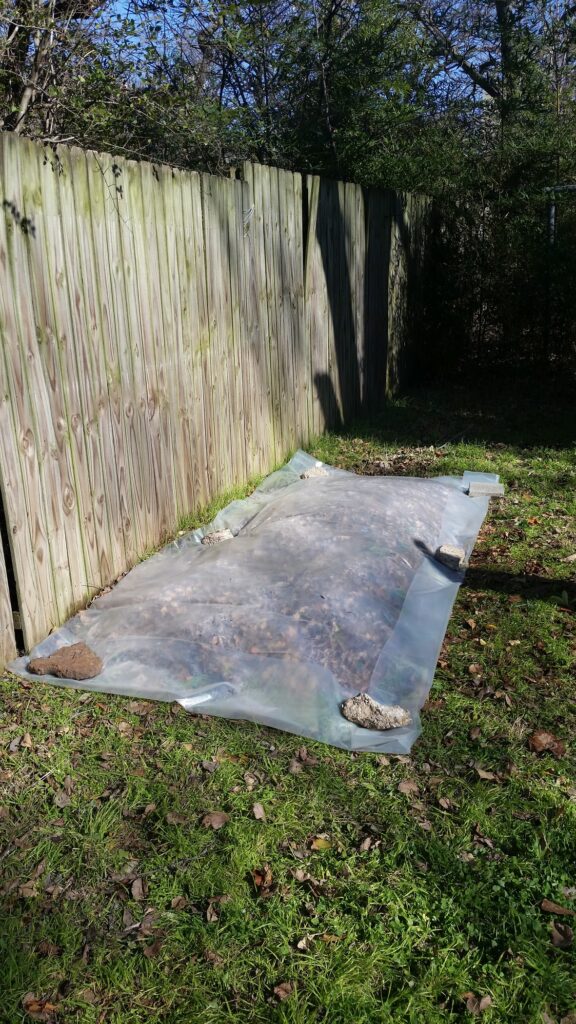
Wait
Now all you must do is let the bed do its work and leave it well alone. The waiting time is at least two months, and at most four months. Once the alchemical process of decomposition is complete get to planting. Have fun!
References
https://www.motherearthnews.com/organic-gardening/lasagna-gardening-zmaz99amztak
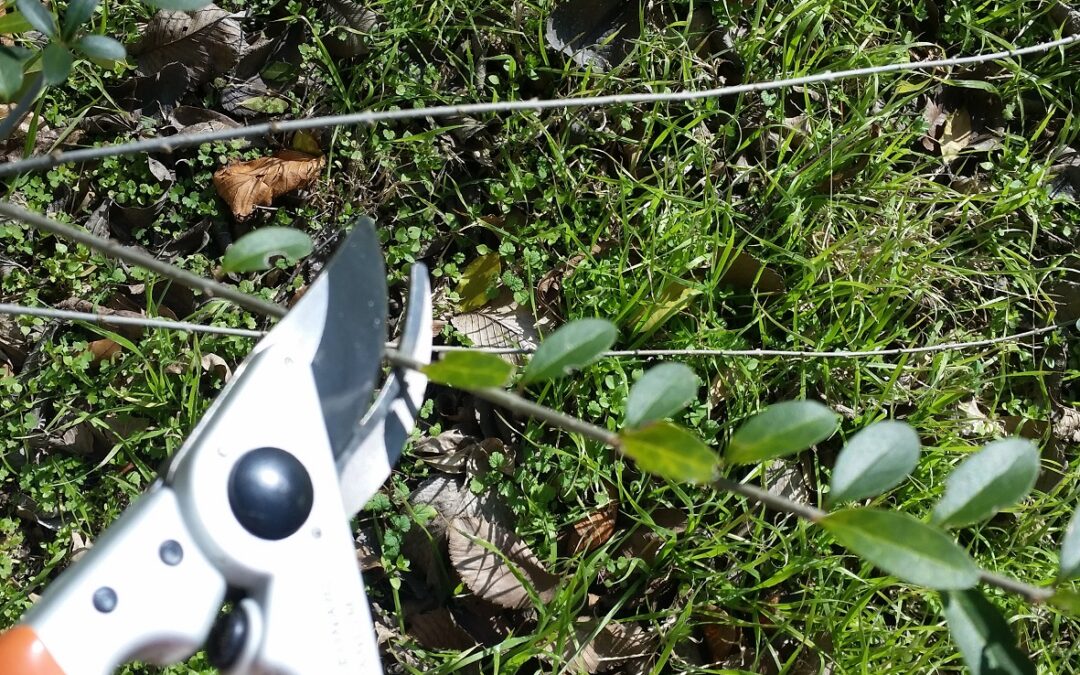
Recent Comments